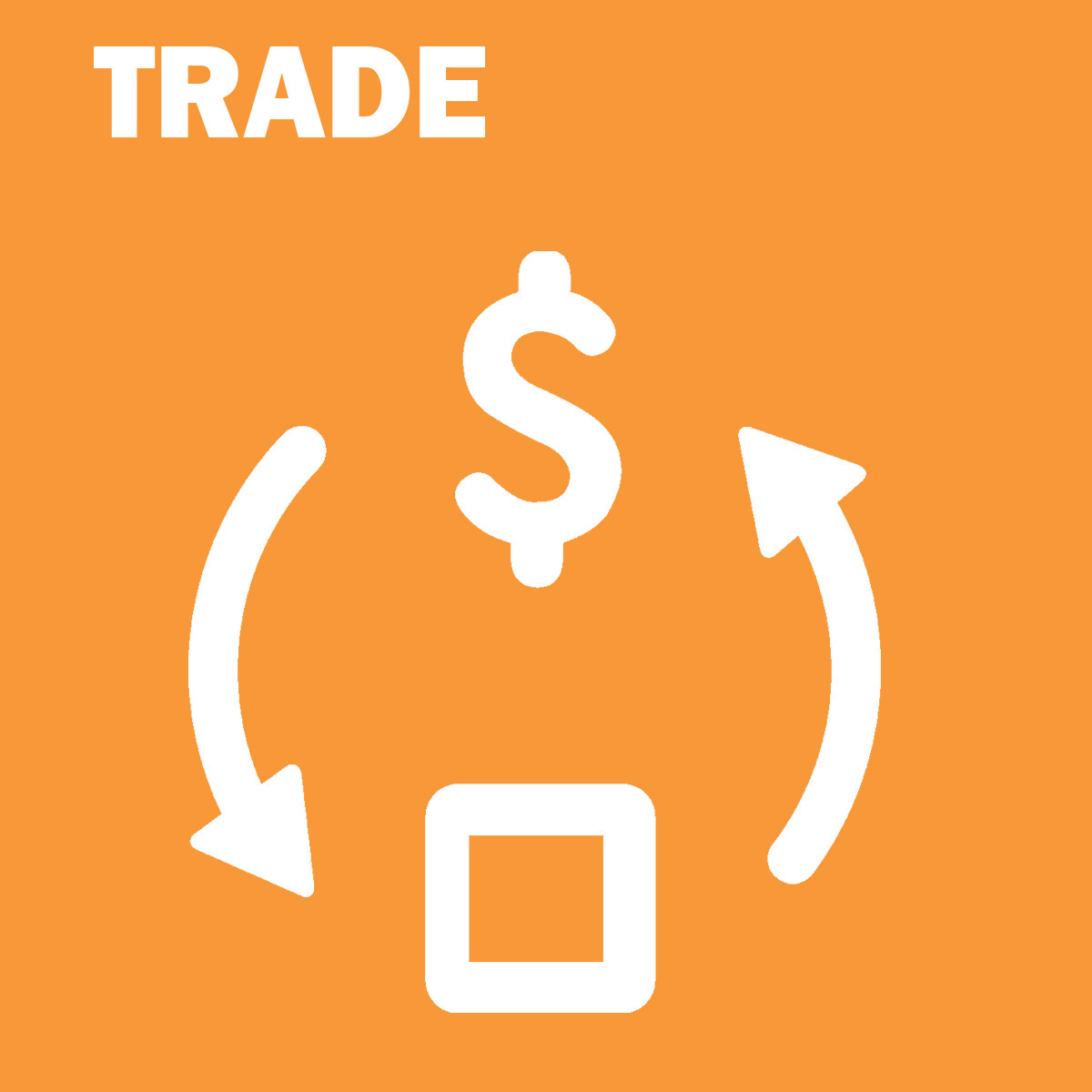Trade telecouplings include several subcategories. Trade of agricultural products, food, material (e.g. timber, sand), medicine, and minerals just to name a few. Resources, e.g., land, water, labor, are used for producing goods and products in the sending systems, and pollutants are also released during the production processes. Socioeconomic sustainability may increase while environmental sustainability may be compromised. In receiving systems, environmental quality may increase while socioeconomic benefits, e.g., job loss, may suffer. In spillover systems, sustainability may be affected in various ways depending on the relationships with sending and receiving systems.
References
- Carlson, A. K., W. W. Taylor, J. Liu, and I. Orlic. 2018. Peruvian anchoveta as a telecoupled fisheries system. Ecology and Society 23(1):35. DOI: 10.5751/ES-09923-230135
- Aurora Torres, Jodi Brandt, Kristen Lear, Jianguo Liu. 2017. A looming tragedy of the sand commons. Science, 357:6355, pp. 970-971. DOI: 10.11126/science.aao0503
- Ramon Felipe Bicudo da Silva, Mateus Batistella, Yue Dou, Emilio Moran, Sara McMillan Torres and Jianguo Liu. 2017. The Sino-Brazilian Telecoupled Soybean System and Cascading Effects for the Exporting Country. Land, 6:53, pp. 1-19. DOI: 10.3390/land6030053
- Hongli Feng, Bruce A. Babcock. 2010. Impacts of Ethanol on Planted Acreage in Market Equilibrium. American Journal of Agricultural Economics, 92:3, pp.789–802. https://academic.oup.com/ajae/article/92/3/789/104944
- Martin Banse, Hans van Meijl, Andrzej Tabeau, Geert Woltjer. 2008. Will EU biofuel policies affect global agricultural markets? European Review of Agricultural Economics, 35:2, pp.117–141. https://academic.oup.com/erae/article/35/2/117/447578
